Generative AI is exploding, with tools that can generate human-like text, images, audio, code and more. According to a McKinsey survey, 50% of organizations have adopted some form of AI, with generative models seeing rapid growth.
DALL-E 2, which creates images from text, hit 1 million users just 2 months after launch. ChatGPT, which can generate articles, emails and content from prompts, gained 1 million users in less than a week.
These new models use deep learning on massive datasets to achieve impressive results. Gartner predicts that by 2025, large language models like these will power 95% of all AI interactions.
With capabilities like personalized recommendations, optimized content and predictive analytics, generative AI can transform businesses.
So in this article, we’ll discuss top generative AI tools in 2024.
The Impact of Generative AI on Creative Processes
Generative AI tools have made their mark by significantly transforming creative processes.
With their ability to learn from existing data patterns and generate original content, these tools have become indispensable for creative minds.
Painters can now experiment with new artistic styles, writers can expand their literary horizons, and designers can create mind-blowing visual experiences.
The impact of generative AI tools goes beyond assisting individual creatives. They hold immense potential for driving innovation in industries such as product design, marketing, and entertainment.
By automating time-consuming tasks and generating novel ideas, generative AI accelerates the creative process, allowing professionals to focus on refining their work.
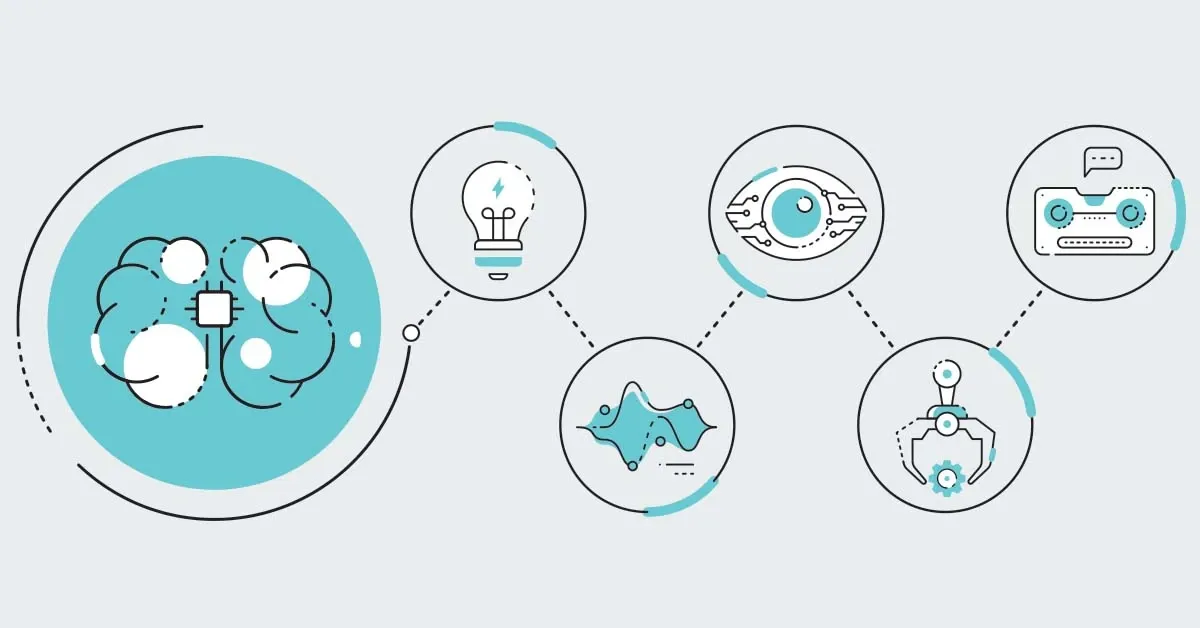
The Importance of Embracing Generative AI in 2024
The rise of advanced generative AI is undoubtedly one of the most impactful technological developments shaping the future.
As models like DALL-E 2, ChatGPT and others demonstrate, AI can now generate remarkably human-like content, designs, code and more on demand.
The implications for businesses are immense. Leading analysts predict generative AI adoption will accelerate rapidly, with Gartner forecasting it will power 95% of AI interactions by 2025. Companies that fail to embrace these emerging capabilities will lag behind.
Generative AI delivers personalized, nuanced messaging at an unbelievable scale. AI copywriting alone saves time and resources while optimizing engagement. Chatbots create frictionless customer experiences 24/7.
For marketing, AI generates targeted content tailored to audiences’ needs. Generative design AI boosts innovation and efficiency.
The benefits span every industry and use case, from education to operations. While concerns exist around ethics and misuse, generative AI’s tremendous upsides make adoption essential.
Now is the time for forward-thinking companies to integrate generative intelligence so they can better understand customers, work smarter and maximize human creativity.
With the right strategy, generative AI unlocks sustainable growth and efficiency gains.
Leading this revolution will be the businesses that don’t delay in preparing to leverage generative AI’s full potential.
Evolution of Generative AI: A Journey through Time
Looking back, generative AI has come a long way since its inception. It all started with the development of early generative models that paved the way for the breakthroughs we witness today.
These models were able to generate simple images and text, though often with limited accuracy and creativity.
Key Milestones and Breakthroughs
Over the years, generative AI has reached significant milestones and witnessed remarkable breakthroughs.
Researchers have developed more sophisticated models, such as Generative Adversarial Networks (GANs) that can generate stunningly realistic images.
Text-based generative models like OpenAI's GPT (Generative Pre-trained Transformer) have demonstrated the ability to produce human-like text, sparking fascination and debate about AI-generated content in the literary world.
Expanding Capabilities and Boundaries
As the capabilities of generative AI tools continue to improve and push boundaries, various industries benefit from the creative fuel they provide.
In the visual arts, generative AI assists artists by generating new ideas and styles, expanding the possibilities for visual expression. In the music industry, it aids composers in composing new melodies, harmonies, and even entire compositions.
The realm of fashion sees generative AI creating new designs, patterns, and even entire collections.
The Art and Design Revolution
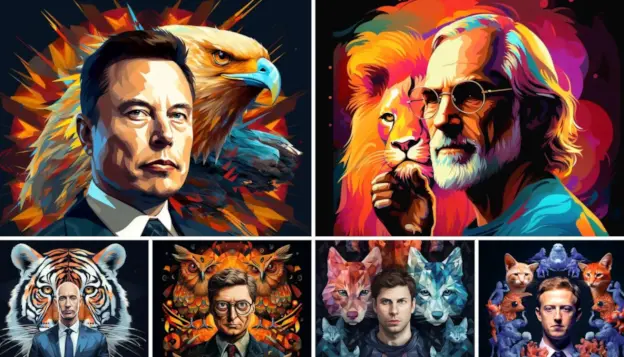
In art and design, generative AI tools have emerged as powerful assistants to creative minds. These tools are transforming the way artists and designers work, opening up new avenues for inspiration and creation.
Through their ability to learn from vast amounts of data, generative AI tools can generate unique patterns, styles, and even entire artworks. This enables artists and designers to explore uncharted territories of creativity.
Democratizing Art with Generative AI
One of the most exciting aspects of generative AI is its role in democratizing art. Traditionally, art and design were seen as exclusive domains reserved for a select few. However, generative AI has the potential to change this narrative.
By offering accessible tools and platforms, it empowers aspiring artists to experiment and create without the barriers of traditional training or resources.
Generative AI allows anyone with an idea and a passion for art to express themselves and share their work with the world.
The Symphony of Generative AI in Music Composition
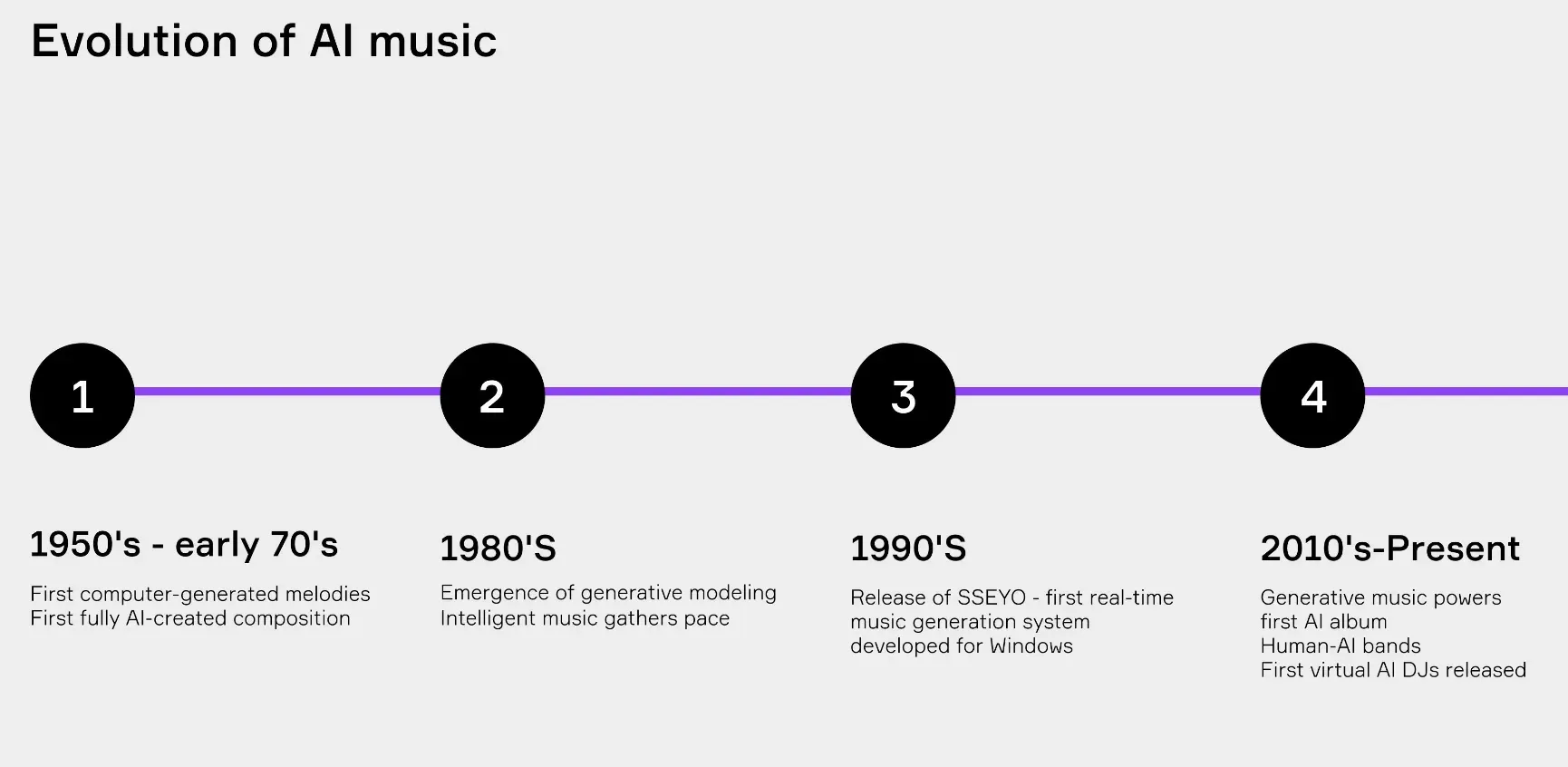
Generative AI is revolutionizing the music industry by offering composers and musicians a symphony of possibilities.
These tools can assist in creating melodies, harmonies, and even entire compositions. By analyzing vast music libraries, generative AI algorithms are able to generate novel musical sequences that inspire and captivate listeners.
This collaboration between human creativity and AI algorithms has the potential to shape the future of music composition.
Striking the Right Chord: Benefits and Challenges
While generative AI holds immense potential in the world of music, it also comes with challenges. One of the key benefits is the speed at which generative AI can generate musical ideas.
This saves composers time and provides them with a wealth of inspiration. However, the challenge lies in balancing the role of AI in the creative process.
Striking the right chord between human expression and AI-generated content is a delicate dance that musicians must navigate.
Suggested Reading:
Crafting Compelling Content with Generative AI
Generative AI tools are not limited to visual art and music; they have also made their mark on content creation and writing.
These tools offer content creators and writers a wellspring of ideas and inspiration.
By analyzing vast amounts of text and learning from existing patterns, generative AI tools can generate original content, assisting writers in their creative process.
Ethical Considerations and Challenges
Although generative AI tools provide remarkable assistance to content creators, ethical considerations must be taken into account.
Plagiarism detection, ownership rights, and maintaining authenticity are just a few challenges that arise when using generative AI in content creation. Striking a balance between AI assistance and respecting originality is crucial.
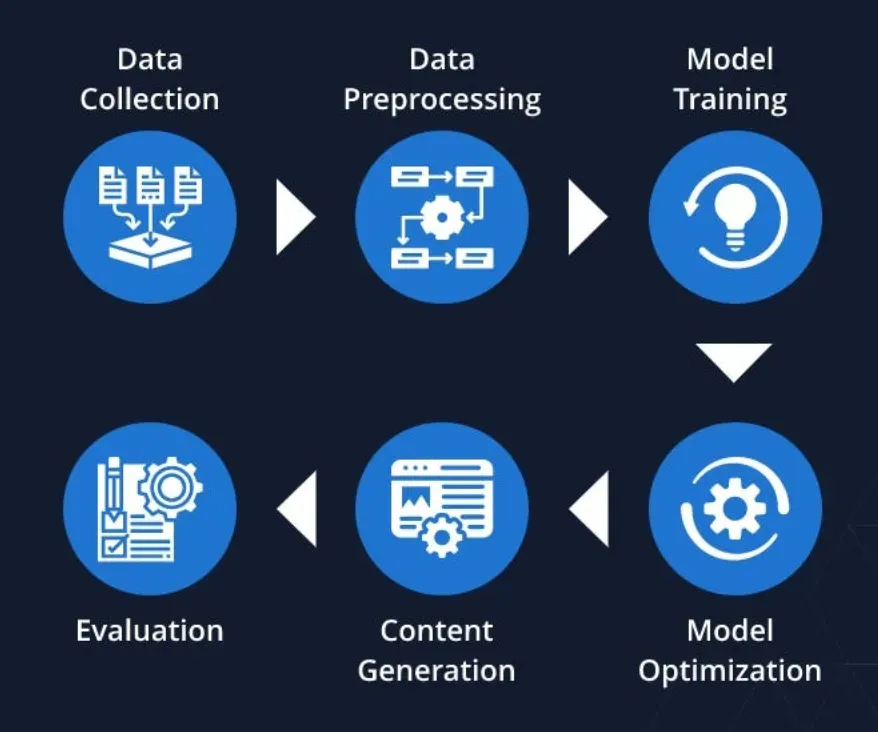
Notable Generative AI Tools for Unleashing Creativity
In 2024, a plethora of generative AI tools will be available to power creativity across industries. In art and design, tools like DeepArt, DALL-E, and Prisma have captivated artists worldwide.
For musicians and composers, popular generative AI tools such as Amper Music, Jukedeck, and AI Music are paving the way for cutting-edge compositions. In the realm of content creation and writing, tools like ChatGPT, Copy.ai, and Article Forge are revolutionizing the way writers generate ideas and streamline their productivity.
OpenAI's GPT-3 and Beyond
OpenAI's GPT-3 (Generative Pre-trained Transformer 3) has taken the world by storm, redefining what generative AI can achieve.
This powerful language model has the ability to generate coherent and contextually relevant text, making it a game-changer in the field.
GPT-3's immense size, with 175 billion parameters, allows it to understand and generate human-like responses with astonishing accuracy.
Pushing the Boundaries of Generative AI
OpenAI continues to push the boundaries of generative AI with its advancements in models like GPT-3.
The latest developments in this technology include fine-tuning GPT-3 for specific tasks, enabling more specialized and accurate outputs.
OpenAI is also exploring ways to ensure better user control over generated content, addressing concerns regarding bias and misinformation.
The Future of OpenAI's Generative AI
The potential applications of OpenAI's generative AI tools are vast and exciting. From facilitating natural language conversations to developing creative storylines, GPT-3 has already showcased its versatility.
Looking ahead, OpenAI aims to refine its models, making them more accessible and user-friendly.
The future holds promises of continuous upgrades and enhancements to OpenAI's generative AI tools, opening doors to unimaginable possibilities.
Suggested Reading:
Reshaping Education: Generative AI in Learning & Development
NVIDIA's StyleGAN3
NVIDIA's StyleGAN3 has revolutionized the field of generative AI and computer vision.
This neural network architecture enables the generation of hyper-realistic images that breathe life into virtual worlds.
StyleGAN3 excels at capturing rich details, textures, and diverse visual attributes, making it an indispensable tool for artists, designers, and researchers alike.
Real-World Applications of StyleGAN3
The applications of NVIDIA's StyleGAN3 are far-reaching and fascinating.
From generating lifelike faces and landscapes for visual effects in films to creating virtual worlds and characters in video games, StyleGAN3 has become a go-to tool in the industry.
Its ability to generate images with unparalleled quality and control empowers creatives to bring their wildest visions to life.
Fueling the Future of Generative AI
NVIDIA's commitment to pushing the boundaries of generative AI extends beyond StyleGAN3.
As we venture further into the future, NVIDIA is focusing on developing even more powerful and efficient generative models.
Through their research and innovations, NVIDIA aims to continue fueling the progress of generative AI and enabling groundbreaking applications across various industries.
Hugging Face's Transformers Library
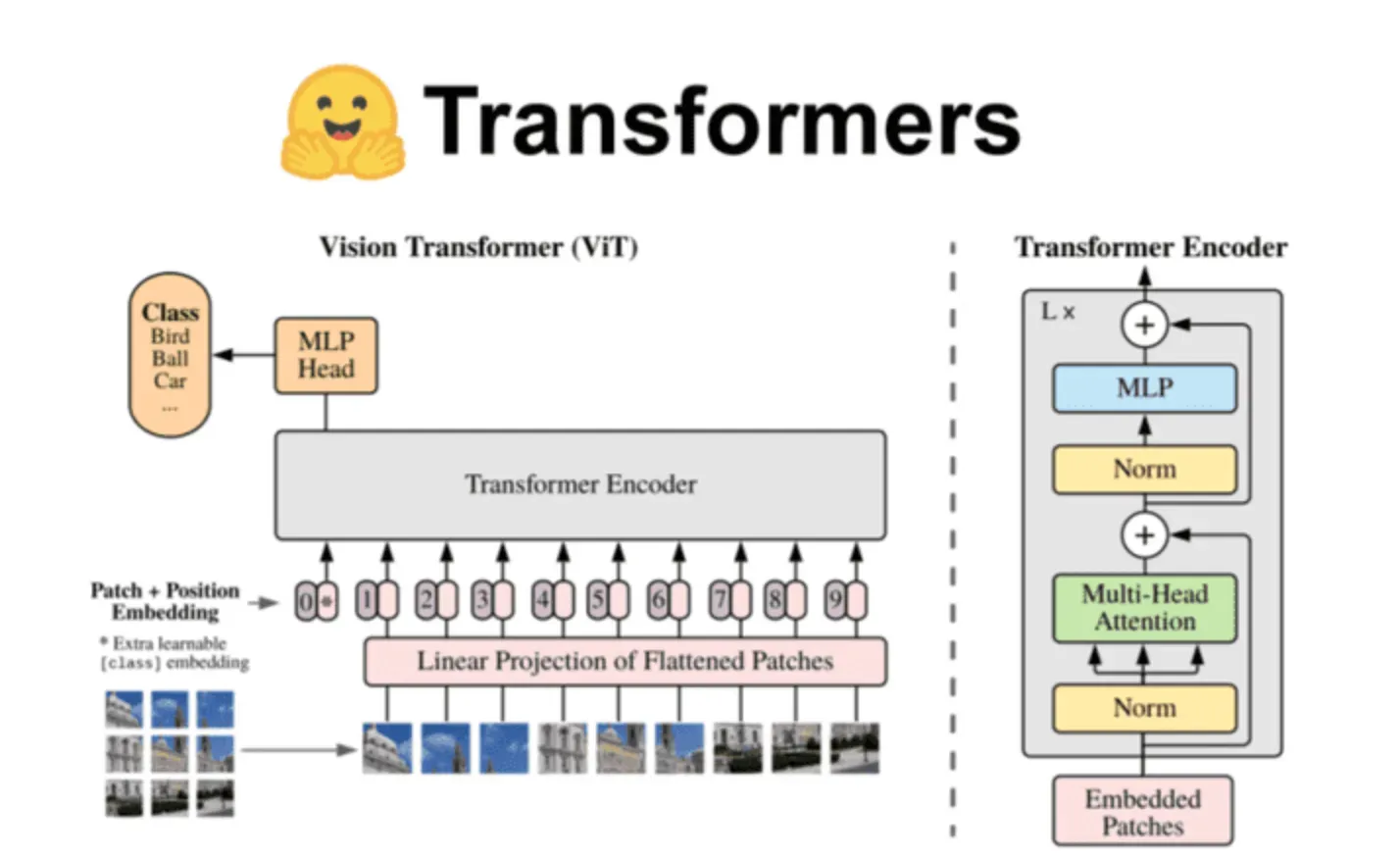
Hugging Face's Transformers library has emerged as a driving force in advancing generative AI.
This open-source library provides developers and researchers with access to state-of-the-art models and architectures for natural language processing tasks.
By making complex models accessible and easy to use, Hugging Face empowers innovators to create groundbreaking applications that harness the power of generative AI.
Popular Models in the Transformers Library
The Transformers library boasts an impressive collection of pre-trained models that cater to various NLP tasks.
From BERT and GPT to T5 and RoBERTa, developers can leverage these models to unlock new possibilities in text generation, sentiment analysis, language translation, and more.
The versatility and performance of these models make them invaluable assets to both seasoned developers and those new to generative AI.
Transforming the Way We Innovate
Hugging Face's Transformers library has had a profound impact on the field of generative AI.
By democratizing access to state-of-the-art models, it has become a catalyst for innovation and collaboration.
Developers and researchers can now leverage powerful generative AI tools, experiment with new ideas, and push the boundaries of what is possible in NLP applications.
Unveiling the Ethical Concerns
One of the foremost concerns arising from generative AI is the question of ownership and intellectual property rights.
As AI systems learn from vast amounts of data, they have the potential to inadvertently reproduce copyrighted material.
Addressing this concern requires establishing clear guidelines for ownership and ensuring that generated content respects existing legal frameworks.
Bias and Unfair Representation
Generative AI models are trained on large datasets, which can unknowingly perpetuate biases prevalent in society.
These biases and stereotypes can manifest in the generated content, further amplifying societal inequalities.
Recognizing the significance of fair representation, it is essential to address biases during model training and actively work towards creating more inclusive generative AI systems.
Accountability and Misinformation
With the ability to generate realistic and convincing text and images, generative AI tools raise concerns about accountability and misinformation.
The potential for misuse, such as creating deepfakes or spreading disinformation, is a pressing ethical concern.
Establishing mechanisms for accountability and verification becomes crucial in mitigating these risks and preventing the misuse of generative AI.
Towards Responsible Usage and Regulation
To navigate the ethical implications of generative AI, a collective effort is required. Educating users and developers about the responsible use and potential risks of generative AI tools is paramount.
By promoting awareness and encouraging ethical practices, we can foster a community that upholds ethical standards in the development and application of generative AI.
Implementing Ethical Frameworks
Regulation and guidelines play a crucial role in ensuring the responsible use of generative AI.
Governments, organizations, and research bodies need to collaborate in developing ethical frameworks that address concerns such as privacy, consent, and accountability.
These frameworks should prioritize transparency, fairness, and the protection of user rights, ensuring that the benefits of generative AI are realized while minimizing potential harm.
Ethical Design and Evaluation
Incorporating ethical considerations into the design and evaluation of generative AI systems is essential.
This includes conducting thorough audits to identify biases, promoting diverse and inclusive datasets, and involving multidisciplinary teams to examine the potential impacts on society.
By embedding ethics into the very fabric of generative AI development, we can foster ethical practices from the ground up.
Suggested Reading:
Conclusion
As the landscape of generative AI widens, more businesses will tap into these cutting-edge applications in 2024 and beyond.
Analyst firm IDC estimates ~25% of businesses will plug generative models into process automation by 2026, disrupting sectors from retail to pharma.
While prognosis is strong, roadmaps must balance innovation with responsibility. Frameworks for fairness, transparency and guardrails against data abuse become essential as generative models evolve.
And seamless integration with existing enterprise tech stacks will propel adoption for tailored solutions.
The future of generative AI looks tremendously bright, but bridging the gap from hype to practical enterprise value will be key.
By crafting ready-to-deploy AI chatbot solutions for multiple platforms, BotPenguin makes sure that your business reaches wherever your customers are:
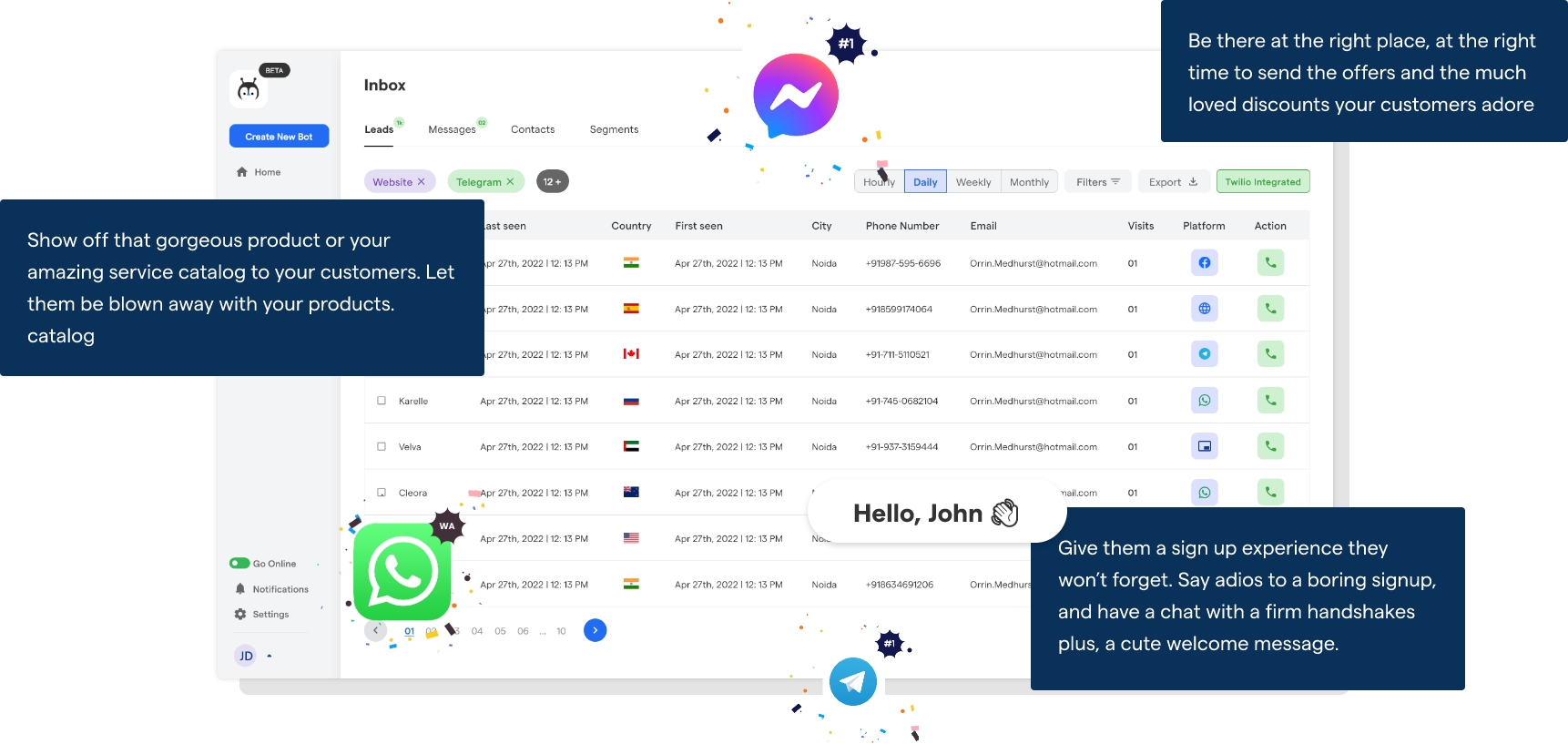
Frequently Asked Questions (FAQs)
What is Generative AI technology?
Generative AI is the creation of a model by leveraging artificial intelligence and machine learning algorithms. This technology is used for a variety of use cases, including text and image generation, natural language processing, and predictive analytics.
What are the leading generative AI tools in 2024?
Some of the leading generative AI tools in 2024 include GPT-3, OpenAI's DALL-E and CLIP, Hugging Face's Transformers, and Google's AutoML.
What is GPT-3 and how does it work?
GPT-3 is a text-generating AI model that uses deep learning techniques to generate natural language content. It works by analyzing a large dataset of text and predicting the most likely output for a given input based on the learned patterns.
How can businesses use Generative AI tools?
Businesses can use generative AI tools to automate content creation, improve customer engagement, provide personalized recommendations, and enhance product development and design.
What are the benefits of Generative AI tools?
The benefits of generative AI tools include increased efficiency, improved accuracy, enhanced creativity, and reduced costs. These tools can help businesses achieve greater productivity and competitive advantage.
What are the ethical and privacy concerns surrounding Generative AI?
There are concerns surrounding the use of generative AI, including the potential for bias, loss of privacy, and the impact on employment. As such, it is important to consider ethical and privacy implications when implementing these technologies.
